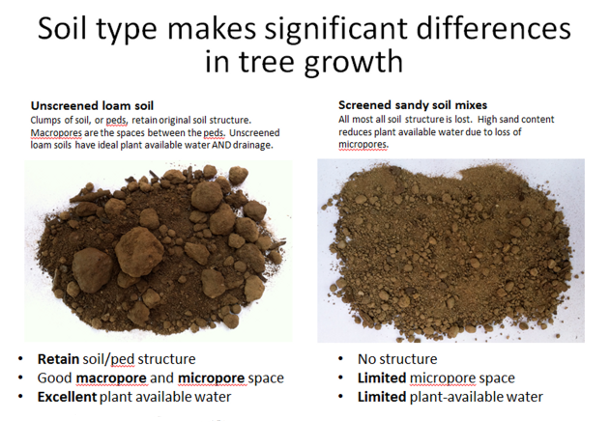
There’s no arguing that, at first glance, the Silva Cell just looks like a hunk of black plastic. Its humble and basic form definitely doesn’t reflect the extensive design, testing, and engineering that has gone in to it. Here’s a brief overview of the why the Silva Cell is the way it is.

The simple, un-segmented, open design means that Silva Cells can be used to construct what are basically continuous horizontal and vertical rooting spaces. In other words, the Silva Cell is designed with as little structure as possible. This minimal approach means the system avoids disturbing the natural growth and movement of tree roots.

Other suspended pavement products may seem like they accomplish the same thing as the Silva Cell does, just with a different shape – but this isn’t quite true. The Silva Cells create large, un-segmented areas of soil, which means that water and roots can move freely throughout in the system. Since root growth follows water distribution, this feature is critical for the long-term success of the trees. It also makes the system more effective at overall stormwater management.

Trees growing in forest conditions naturally have diffuse, wide root balls, with strong structural roots at the top in addition to all the deeper feeder roots that take up nutrients. If a suspended pavement system is heavily segmented, it inhibits the development of the root structure.

Soil quantity isn’t the only thing that matters (although it does matter a lot). Quality matters, too. There are many different types of soil commonly in use, any of which can be used with the Silva Cell. This is because the Cell’s wide openings make chucking any type of soil in very easy. You can then walk simply through the system to compact the soil to around 80%.

Not all soils are created equal, and soil type is an important factor in a tree’s survival. Whenever possible, you want an unscreened soil. Loam soils with good structure are generally very productive for plant growth and health.

Once the whole system is in the ground, it’s possible that part of it will need to be dug up at some point in the future. Because each column of Silva Cells is freestanding, excavation can be limited to the specific area in question. This reduces repair and maintenance costs, and minimizes damage to the rest of the system.

So these are a few of the features that we considered when designing this, yes, big hunk of black plastic. It isn’t the prettiest product, but it was created with a great deal of thought for how it will function over the lifetime of the tree and beyond.






Leave Your Comment